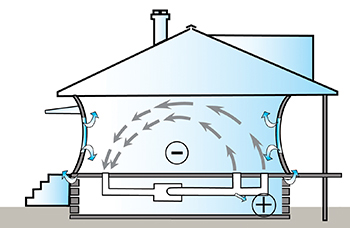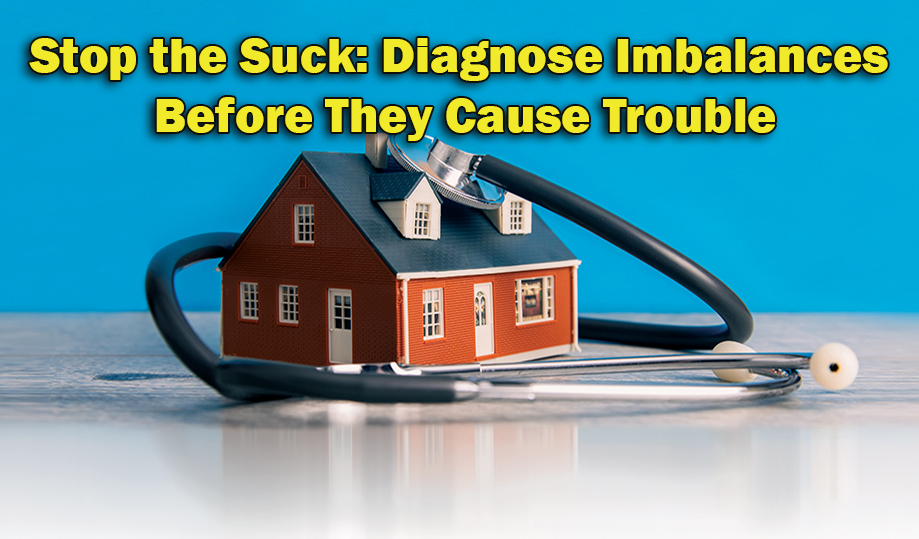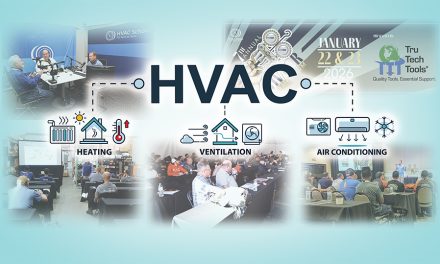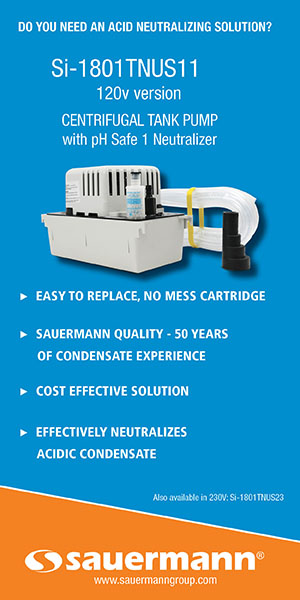When we talk about home performance, pressure rarely gets top billing — but it should. Pressure imbalances quietly undermine comfort, efficiency, and safety.
They’re often overlooked, especially in homes that “look fine” on the surface. But once you start measuring, you’ll find that pressure tells a story — and sometimes, it’s a scary one.

What Drives Pressure in a Home?
While wind and weather can nudge pressures, the biggest influencers of persistent problems are systems and appliances inside the home. HVAC duct leakage, exhaust fans, and combustion appliances all play a role — and the consequences range from minor discomfort to serious health and safety risks.

For example:
- Supply-side leakage outside the thermal envelope usually depressurizes the home because conditioned air escapes before reaching living spaces. That draws replacement air from outside through cracks and openings, increasing infiltration and heating/cooling loads.
- Return-side leakage outside the envelope tends to pressurize the home by allowing air from outside the envelope to be pulled into the return system, reducing the amount of air picked up at the return grilles. That drives exfiltration and wastes energy.
- Exhaust devices remove indoor air; without makeup air, they create negative whole-house pressure quickly. Modern kitchen hoods, with airflows from 500 to 1,000 CFM, are common culprits.

- Room-to-room imbalances occur when a room gets supply air but lacks a clear return path. That room pressurizes relative to the rest of the house, leaks to the outside from its shell, and reduces delivered supply flow.

Pressure Imbalances
- Backdrafting: Combustion appliances like furnaces, water heaters, and fireplaces can influence pressure depending on how they vent. If the home is under negative pressure, they may backdraft — pulling combustion gases into the living space instead of venting outside.
Why Depressurization Is Dangerous
Negative pressure does more than affect comfort. It can cause improper venting of fossil-fuel appliances — furnaces, water heaters, fireplaces — leading to back-drafting and carbon monoxide (CO) exposure. Even if the home lacks such appliances, depressurization can pull CO from an attached garage where a vehicle is running or where a gas appliance sits.
Conversely, over-pressurizing a mechanical room can force combustion products into living spaces. Pressure testing is therefore a safety check, not just a performance check.
Click Below for the Next Page:




![High Performance Contracting: Summit 2018 Panel Discussion on Implementation [PART 2]](https://hvactoday.com/wp-content/uploads/2018/06/DSC_0613-Panel-Discussion-4c3-440x264.jpg)








Recent Comments